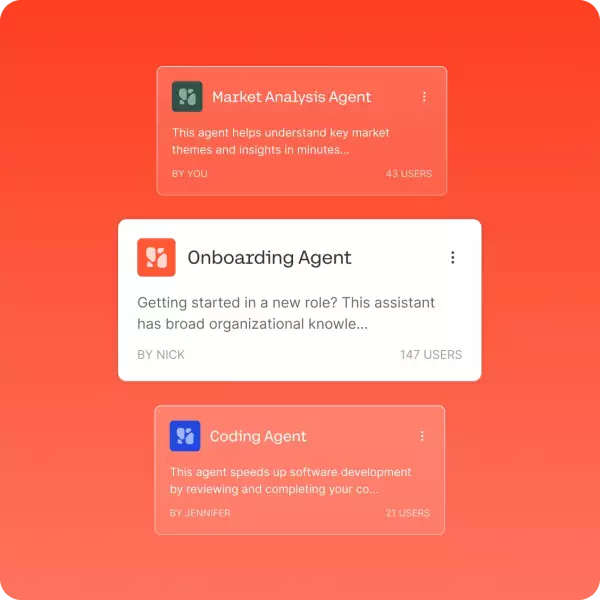In the rapidly evolving landscape of artificial intelligence, Cohere’s recent announcement of its flagship reasoning large language model, Command A Reasoning, signals a noteworthy development—but not necessarily a cause for universal celebration. As a center-right enthusiast favoring pragmatic innovation within a framework of cautious regulation, I see this release as both a testament to how far enterprise AI has come and a reminder of the pitfalls that accompany overly ambitious claims. The company’s focus on building a model that delivers flexibility, multilingual competence, and robust reasoning for enterprise applications aligns well with market needs, yet it raises critical questions about overreliance, safety, and practical deployment.
Cohere’s strategic target—large corporations with sprawling documents, complex workflows, and international reach—illustrates a mature understanding of enterprise demands. The model, trained with 111 billion parameters, supports multi-GPU setups and handles up to 256,000 tokens, positioning it among the giants like GPT-5. Its multilingual capabilities across 23 languages reinforce its potential for global operations, capturing a niche overlooked by many competitors. While these technical specifications suggest a promising step forward, the real challenge lies in whether the model’s supposed reasoning depth and accuracy will stand the test of practical, day-to-day business use. Promises of improved task automation, API calling, and tool integration attempt to elevate AI from a fancy gadget to a trusted business partner.
Innovation or Overhyped Marketing? Assessing the Substance
The benchmarks tell a compelling story: Cohere claims that Command A Reasoning outperforms peers such as DeepSeek, Mistral Magistral, and GPT variants on enterprise reasoning benchmarks, with increased satisfaction scores as token budgets grow. But these numbers, while impressive, demand scrutiny. Are they truly groundbreaking, or simply the result of incremental advances dressed up as major breakthroughs? From a critical perspective, the key lies in understanding what these benchmarks fail to reveal—namely, the reliability of reasoning in unpredictable real-world scenarios.
The model’s claim to excel at complex, detailed outputs—turning sprawling questions into actionable reports—sounds promising, yet it depends heavily on how well the system handles ambiguous or incomplete data. Enterprises breaking their reliance on traditional tools need to trust that these models won’t hallucinate inaccuracies or produce subtly misleading insights. The emphasis on safety, which aims to filter harmful content while avoiding over-caution that leads to excessive rejections, is essential but not foolproof. It remains to be seen whether this balance can be reliably maintained once deployed at scale in high-stakes environments.
Another notable aspect is the token budget feature, allowing users to trade reasoning depth for speed and cost efficiency. While this offers invaluable flexibility, it also risks oversimplification if operators rely too heavily on minimal reasoning modes. In critical business decision-making, shallow reasoning can be dangerous, and the promise that the model can toggle between modes seamlessly might mask underlying vulnerabilities in its reasoning fidelity.
Safety, Control, and the Promise of Agency
Safety and control are often the Achilles’ heels of enterprise AI. Cohere’s approach to training Command A Reasoning with filtering mechanisms aimed at sensitive content signifies an acknowledgment of these risks. This is especially crucial for regulated industries like finance and healthcare, where mistakes or inappropriate outputs could have severe consequences. Yet, the question remains whether these safety measures are sufficient or simply superficial layers atop ambitious technological claims.
The model’s integration with Cohere’s North platform—enabling on-premises deployment—aligns with a conservative, center-right vision: businesses needing control over their data, especially in geopolitically sensitive or highly regulated sectors. This move away from cloud dependency toward private infrastructure enhances security but also deepens the technical and operational complexity, which could alienate smaller organizations lacking substantial technical resources.
Furthermore, Cohere’s emphasis on agentic workflows—multiple AI agents working collaboratively—reflects a push toward automation that, while attractive, risks creating black-box systems that are difficult to audit or challenge. For a pragmatic approach to AI, the key is whether organizations can truly harness this power responsibly, without falling prey to overconfidence in AI’s capabilities or dismissing necessary human oversight altogether.
The Road Ahead: Pragmatism Over Hype
Cohere’s latest product release demonstrates a clear desire to position itself as a serious player in enterprise AI. Yet, as with most AI innovations, enthusiastic assessment must be tempered with skepticism. The company’s focus on voice, multilingual understanding, safety, and tool use all signal a recognition that AI cannot be a one-size-fits-all solution—especially in complex, regulated enterprise environments.
From an economic standpoint, taking a center-right stance means recognizing the importance of innovation that is sustainable, controllable, and aligned with market realities. The fact that Cohere offers bespoke pricing and deployment options is a pragmatic move. It acknowledges that enterprise AI success hinges not just on technological brilliance but also on tailored solutions, security, and compliance.
While Command A Reasoning might represent a tangible leap in technical capabilities, its true value will depend heavily on how reliably it performs in real, messy business worlds—balancing power with responsibility, and innovation with oversight. In the end, the ability of such models to genuinely assist, rather than merely impress with benchmarks, will determine whether this development is a breakthrough or just hype.









Leave a Reply